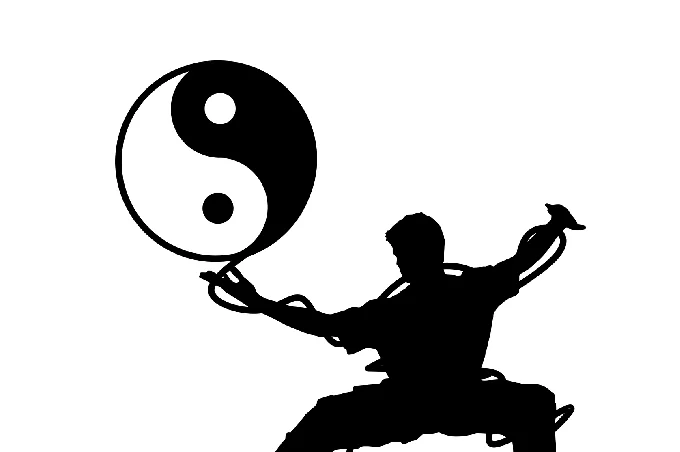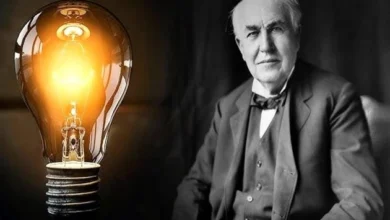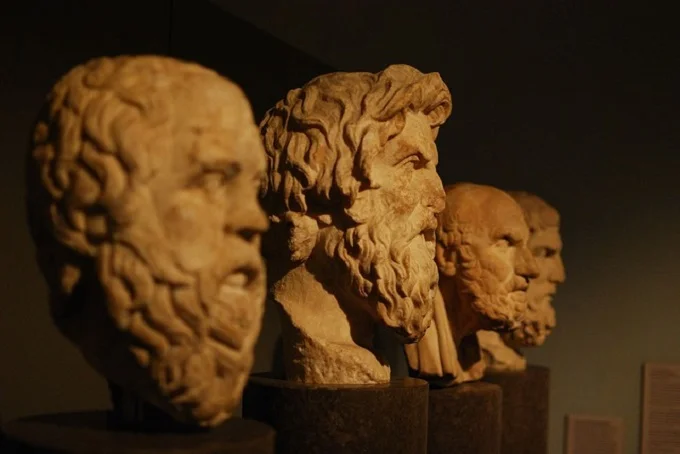Philosophical origins of physics

Why is the connection between the achievements of thought and science important? Is it possible to set the direction of progress with the help of philosophy? The value system of a scientist has little effect on the results of research but determines the general direction of work. Scientists bear not only intellectual but also moral responsibility for their work.
“The discoveries of modern physics have offered researchers two ways. The first leads to the Buddha, and the second leads to the bomb. And everyone is free to choose for himself,” Fritjof Capra, theoretical physicist, Ph.D., author of the book “The Tao of Physics”.
Now, when many scientists and engineers are working for the military-industrial complex, wasting huge resources of human ingenuity and creativity on the creation of increasingly sophisticated weapons of mass destruction, the way of the Buddha acquires a new meaning.
What do physics and Eastern philosophy have in common?
We know from physics that everything is interconnected, and even opposites are one. For example, at the subatomic level, particles are both destructible and indestructible, the matter is continuous and discrete, and force and matter are two different aspects of the same phenomenon. In the same way, the theory of relativity unites physical entities that seem independent and incoherent. Force and matter combine, and matter can be discrete particles or continuous fields.
It is difficult for us to imagine it visually here. If we use the language of abstract mathematics, physicists will be able to describe a four-dimensional space-time world. But it is their visual perception, like all of us, that is limited by the limits of the three-dimensional world. Our language and thinking were formed in this world, and therefore it is difficult to imagine a four-dimensional reality.
In Eastern philosophy, all this is there: the unity of opposites, and going beyond the boundaries of the real world.
Moreover, the great sages believe that only a person with a high level of consciousness can find the common in the unconnected. Take, for example, the fundamental concepts of Chinese philosophy, yin and yang. At first glance, these are opposites. But look carefully at this symbol. Each beginning already contains the opposite in its embryo, and when it reaches its peak, it is ready to retreat — this is just symbolized by two points.

As for going beyond three-dimensional reality, this state is achieved by Eastern philosophers with the help of deep meditation. But when mystics try to express this experience in words, they face the same problems faced by scientists seeking to interpret multidimensional reality.
Space and Time in Eastern Philosophy
Let’s recall Einstein’s theory of relativity. We used to think that the sequence of events was the same for everyone around us. This belief is generated by the fact that the speed of light (about 300,000 km/s) is so high that we can assume that we are observing phenomena at the moment when they occur. But this is not true. Light takes time to cover the distance between the object and the observer. As a rule, it is very small, and the propagation of light can be considered instantaneous.
Imagine that observers are moving at high speed relative to some phenomena. What then? In this case, the time interval between the event and its observation plays a crucial role in determining the sequence of events. Einstein realized that, in this case, observers would order events in time differently. Two phenomena that seem to be simultaneous to one may occur in different sequences for the others.
Eastern philosophy has always maintained that space and time are products of the mind. The sages treat these concepts as relative, limited, and deceptive. Thus, one of the Buddhist writings says the following: “O monks, the Buddha taught that… past, future, physical space… and personality, all these are just names, forms of thinking, commonly used words, simply an artificial reality.”
The same applies to time. Eastern mystics believe that these concepts are associated with certain states of consciousness. Meditation allowed us to go beyond the ordinary and realize that our usual ideas about space and time are not true. New, more advanced concepts, the result of mystical experience, in many ways resemble those used by physics, for example, the theory of relativity.
Peace in motion
In physics, quantum theory tells about the constant motion of matter. In the ordinary world, the objects surrounding us seem passive and motionless. But it is worth picking up a magnifying glass, and a “dead” stone or metal immediately comes to life. The larger the magnification, the more dynamic the observed pattern. All material objects consist of atoms that are in constant motion.
Electrons in atoms are held close to the nucleus by electric forces, and they react to the limitations of space by increasing their speed. Protons and neutrons are drawn by nuclear forces into an even closer space, so they move at even higher, unimaginable speeds.
Therefore, modern physicists represent matter not as passive and inert, but as being in an incessant dance and vibration, the rhythm of which is determined by molecular, atomic, and nuclear structures.
For Eastern philosophers, everything in the world around is in motion
Eastern mystics also see the material world in the same way. All of them emphasize that the universe should be considered as a dynamic whole since it moves, vibrates, and dances; that nature is not in static but in dynamic equilibrium. One of the Taoist texts says the following: “Peace in peace is not true peace. Only when peace is in motion can a spiritual rhythm manifest itself that fills the heavens and the Earth.”
The idea of the impermanence of all things became the starting point of Buddhism. The Buddha taught that all composite things are not eternal and all suffering in the world is generated by our adherence to stable forms: objects, people, and concepts. We must accept the world as moving and changing. The dynamic picture of the world forms the basis of the Buddhist worldview.
This is what Sarvepalli Radhakrishnan said: “2500 years ago, Buddha created an amazing philosophy of a changing world… The Buddha formulated the principles of the philosophy of change, being under the impression that all things are transitory and are in constant change and transformation. He began to perceive the concepts of matter, soul, monad, and object in the categories of forces, movements, sequences, and processes and adopted a dynamic concept of reality.” Fritjof Capra, “The Tao of Physics”
Buddhists say that: “nothing in this world deserves to cling to it. Therefore, an enlightened person for Buddhists is a person who does not resist the natural flow of life, but moves with it,” writes Fritjof Capra.
The book “The Tao of Physics” has been reprinted for 30 years. In the preface to the second edition, the author notes that many of his predictions about science have already come true (he did this on the basis of his connection with Eastern philosophy). Capra writes that his book became a starting point for exploring parallels with Eastern mysticism in other fields of science.




